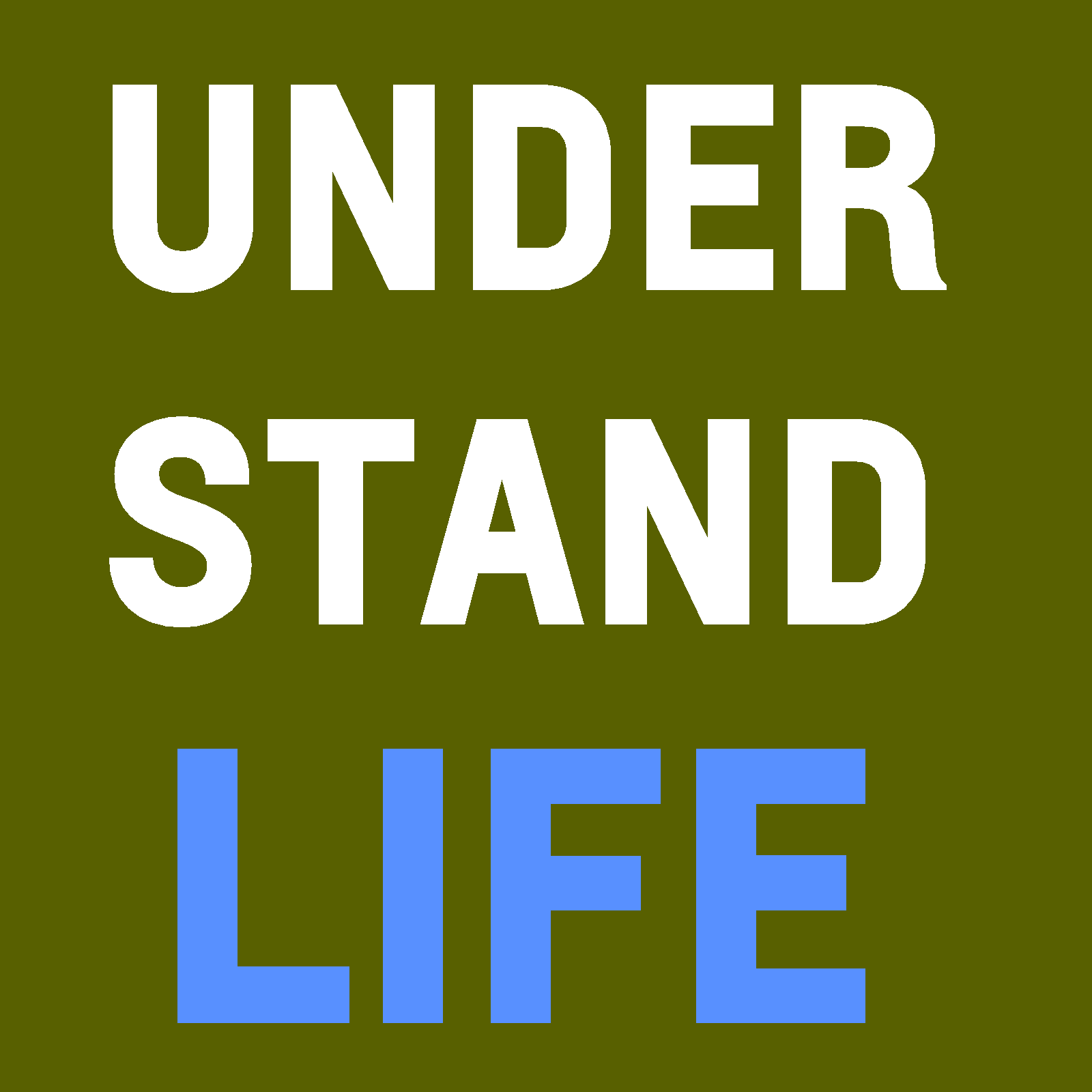
Episode 13.
Investment Basics
Question:
How do you invest your money?
Key Points:
- If you haven't already, listen to the What's our budget show
- The kids split their money into "savings" and "spending". This is about that "savings" account.
- The main types of accounts we are going to talk about are a savings account, money market accout, CDs, and a brokerage account: where you can purchase stocks, bonds, and mutual funds
- A traditional savings account is the most safe and the most liquid
- There was a time when the savings account rate was around 13%, but today get, on average, less than a 1% return
- A Money Market account is technically different than a savings account, but there's not a big difference for the consumer anymore
- Our "savings" account is actually a money market account through Ally bank
- Inflation means that everything cost a little bit more: the price tag gets a little bit bigger
- Right now in America, we do have inflation, but it is less than 3%
- By definition, 1% of $1 is 1 cent. Teach this to your kids
- After 3 years, $100 invested at 3% interest would not have just $9 ($3*3years), it would have $109.27.
- That's how compound interest works: you get interest on the interest
- You generally want an interest rate that is greater than inflation
- CDs (Certificates of Deposit, not Compact Discs) have a defined length; if you take it out early, you don't get the interest and you may pay a penalty
- Bonds are actually debt. A corporation (or government) puts out bonds that are at a rate that people will be willing to lend money to them
- The average bond rate is now under 5%. The higher the rate, the higher the risk
- If the bond issuer goes bankrupt, you might not get all your money back
- Bonds are considered safer than bonds because bond returns are more fixed and because when a company goes bankrupt then bond holders often get a decent percentage of their value back still
- Bonds are often traded. The value of the bond goes up when the interest rate on the market goes down and vice versa
- Traditionally, companies would provide their shareholders with a dividend, which is a portion of profits
- Dividends are just cash and can be used to buy more of the stock, but they don't have to
- Recently, dividends have become less common; companies instead are either reinvesting their profits or using them to purchase their stock back.
- Either of these generally cause the share price to go up, but to get that money the stock holder has to sell their shares
- Join us next time when we talk about mutual funds
